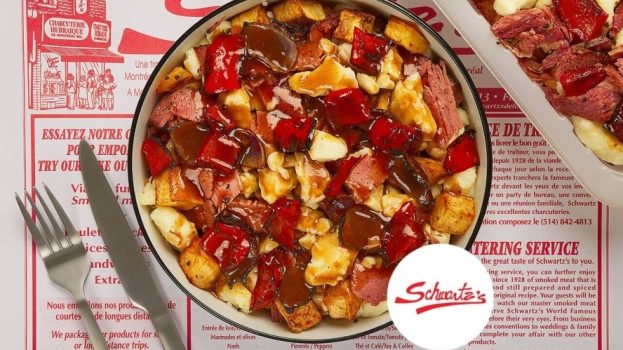
Regenerative agriculture is a process that considers conservation and rehabilitation of soils, boosting biodiversity and improving water cycles.
And according to this year’s edition of Nourish Food Marketing’s annual trend report, it’s going to be the next big thing on consumers’ minds.
Regenerative agriculture falls under a “made matters” umbrella, says Jo Ann McArthur, founding partner and president of Nourish Food Marketing, referring to the importance of how food is made, not only the production process but ensuring that workers, animals and the environment are treated well. She speculates that products being “regenerative certified” could be the next “organic certified.”
Some brands have already caught on to this. Soil health, above ground diversity and agricultural resilience are already key pillars General Mills’ Annie’s Mac and Cheese brand, which made regenerative agriculture as part of its mission statement.
Chipotle has unveiled a “Real Food Print,” an environmental footprint calculator (see, below) that offers data regarding carbon released into the atmosphere in its food production, antibiotics and land use, water savings and soil health.
Pantry loading during COVID put how food is sourced into the spotlight, even as supply chains held up generally well. “Consumers started to see articles about meat packing and started Googling ‘food systems’ and ‘supply chain,’ words not part of the lexicon,” McArthur says.
The Nourish report also highlights the COVID-spurred “ten years of change compacted into ten months” when it comes to our relationship with food.
A legacy of the pandemic, in addition to the return of traditional family meal times, is a spike in searches related to immunity. On Walmart’s online shopping platform, these increased more than seven-fold, up by by than six times on Amazon 6.3x. Searches for vitamin C, Vitamin D and magnesium in particular are way up, often in response to pronouncements by Dr. Anthony Fauci.
According to Nourish, 58% of respondents claim to use functional food to treat specific conditions. That’s not includes foods high in the above items, but to address things like sleep issues, which more people are experiencing thanks to pandemic anxiety. Driftwell, Pepsi’s new sleep aid beverage, is one such way large brands have pivoted to meet this COVID-related demands.
And COVID continues to shape the grocery experience, the future of which, McArthur says, needs to be framed through a transactional-versus-experiential purchase lens.
“[Things like toilet paper] are staples you can easily migrate to online with subscription or DTC model and bypass the store totally,” she says, meaning centre-of-the-store staples may become an automated purchase and move increasingly online. But stores are still needed for the inspiration, solutions and product discovery.
Canadians are shopping less often and have larger shopping basket sizes than before the pandemic. Pre-COVID, Canadians shopped an average of three times per week. Now that number has fallen to once per week. Pandemic concerns about in-person shopping have pushed more grocery spend to digital, with 19% of total grocery spend happening online, compared to just 9% in February 2020.
While online grocery purchases remain high, they are growing less frequent. There is a split between shoppers who place an online grocery order once a week or more often (47%) to replace their regular in-store shop and those that do so monthly or more infrequently (53%) to supplement their in-person trips for specialty or bulky items.























